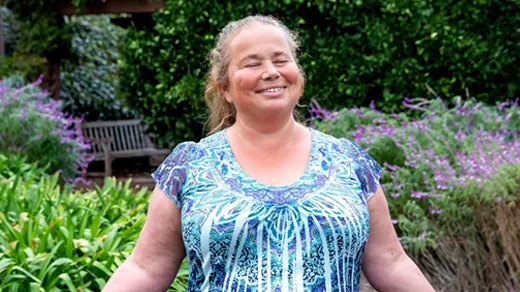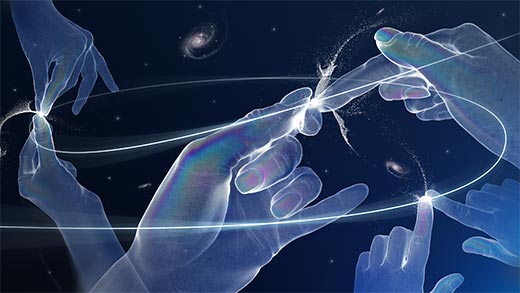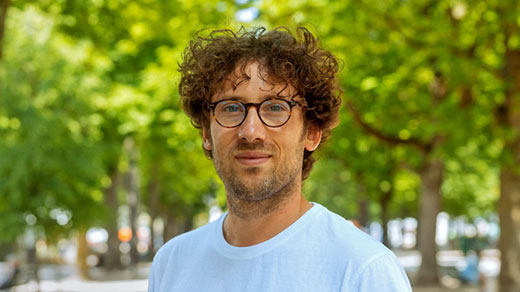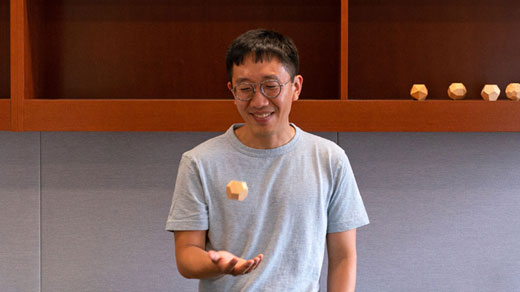Latest Articles
Computer Proof ‘Blows Up’ Centuries-Old Fluid Equations
For more than 250 years, mathematicians have wondered if the Euler equations might sometimes fail to describe a fluid’s flow. A new computer-assisted proof marks a major breakthrough in that quest.
A Mathematician Who Fled to Freedom but Still Stares Down Doubts
Svetlana Jitomirskaya was born in Ukraine, but left the Soviet Union to escape sexism and antisemitism. Even though her work in mathematical physics has now been honored with one of the field’s top prizes, she finds herself still fighting old battles.
Teenager Solves Stubborn Riddle About Prime Number Look-Alikes
In his senior year of high school, Daniel Larsen proved a key theorem about Carmichael numbers — strange entities that mimic the primes.
How Mathematical Curves Enable Advanced Communication
A simple geometric idea has been used to power advances in information theory, cryptography and even blockchain technology.
Old Problem About Mathematical Curves Falls to Young Couple
Eric Larson and Isabel Vogt have solved the interpolation problem — a centuries-old question about some of the most basic objects in geometry. Some credit goes to the chalkboard in their living room.
‘Post-Quantum’ Cryptography Scheme Is Cracked on a Laptop
Two researchers have broken an encryption protocol that many saw as a promising defense against the power of quantum computing.
Mathematicians Crack a Simple but Stubborn Class of Equations
Ever since Archimedes, mathematicians have been fascinated by equations that involve a difference between squares. Now two mathematicians have proven how often these equations have solutions, concluding a decades-old quest.
For His Sporting Approach to Math, a Fields Medal
With Hugo Duminil-Copin, thinking rarely happens without moving. His insights into the flow-related properties of complex networks have earned him the Fields Medal.
He Dropped Out to Become a Poet. Now He’s Won a Fields Medal.
June Huh wasn’t interested in mathematics until a chance encounter during his sixth year of college. Now his profound insights connecting combinatorics and geometry have led to math’s highest honor.









